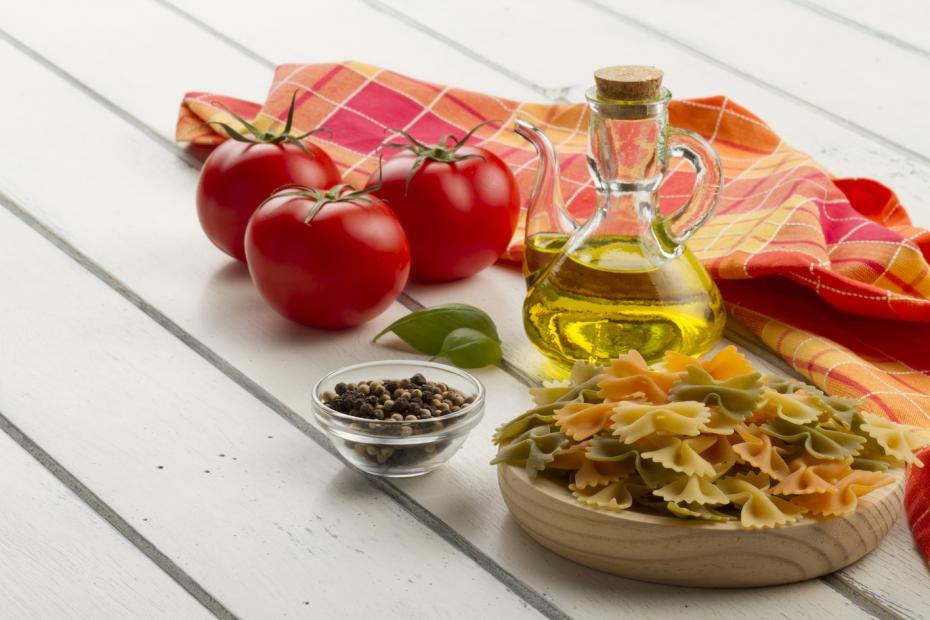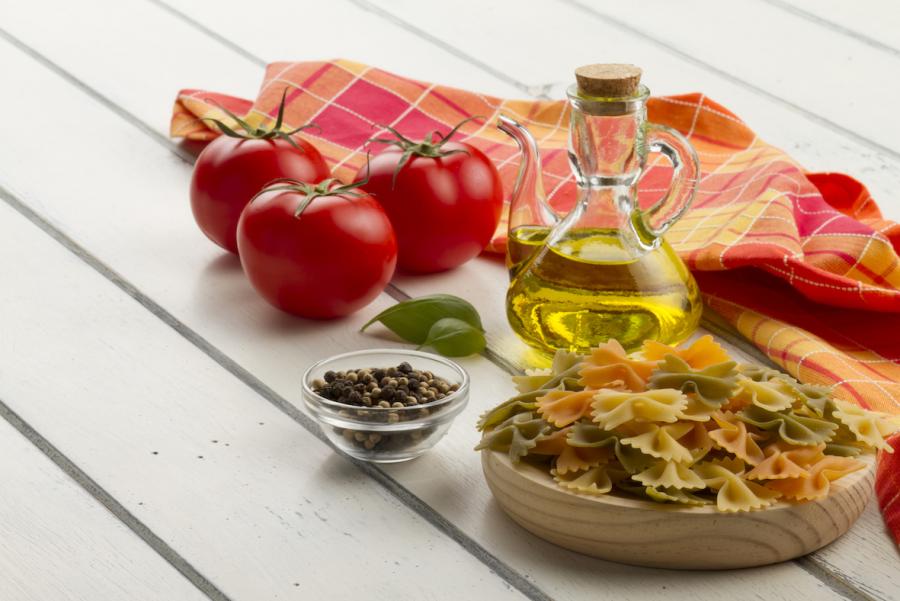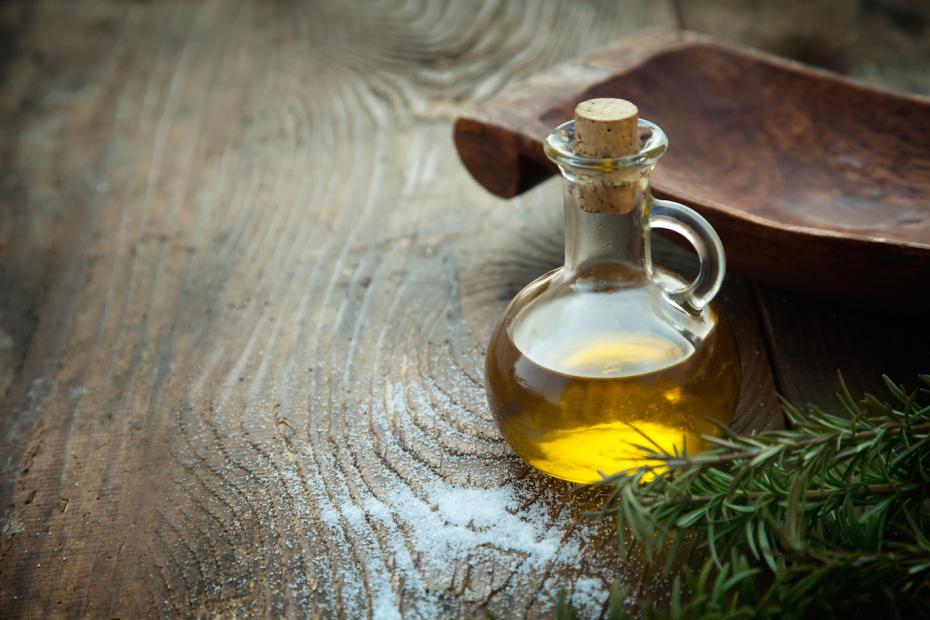Is “First Pressed” Really a Good Thing?
Ok, now this is really going to confuse you. Earlier I talked about how a “first pressed” Extra Virgin is best. But there are those that debate whether this is really good for the overall health and longevity of the oil.
The words “cold pressed”, “first press” or “first cold press” sound great, and are a sign that the olive oil in the bottle is indeed Extra Virgin oil. The words paint a picture of the old world method of using a rustic wooden press, with olives between woven mats being lovingly squeezed until the luscious, iridescent green or gold oil flowed out the bottom. Families all over Italy have been making oil this way for thousands of years.
Up until about 50-60 years ago, most olive oil was in fact made by using vertical wooden presses with the olive paste spread on many layers of mats and pressed to make “first cold press” olive oil. This was the best Extra Virgin oil. After this, hot water or steam was introduced to the remaining olive paste and and the stack was compressed again to remove even more oil. This is the second pressing which produces a less flavorful–and some claim–a less healthy olive oil.
Nowadays, most olive oil is produced not in vertical presses, but in large centrifuges that spin at very fast rates of speed to get the oil out of the paste. It’s similar to how beekeepers spin their honeycomb racks in a centrifuge to release the honey from the cells.
Some claim (probably the mass producers) that oil from presses are less quality than when made in modern centrifuges in large factories. One reason they point to is that the mats are difficult to clean and can create off-flavors as the mats age. However, there are many high quality producers that still use the mat-press method and maintain meticulous standards of cleanliness in their smaller fattoria (a small farm “factory”). They also claim that vertical presses are open to the air and thus allow faster oxidation, creating an oil with less antioxidant content than in oils made with centrifuges–the oil is not as healthy and the shelf life is shorter. Understandably, the larger producers of supermarket olive oils insist that words “first press” on a label should be seen as a reason not to buy that particular oil. In both cases, neither process–press or centrifuge–tends to use any chemicals or solvents to extract oil from the olives.
Here are some additional tidbits:
The word “pure” on a label means nothing. It’s marketing hype.
The words “cold pressed” don’t necessarily mean the oil was made using a press and mats. Most of the olive oil in the world is made using centrifuges.
Most extra virgin olive oils naturally contain higher levels of monounsaturated fats (as opposed to poly… the bad stuff) and antioxidants such as polyphenols and tocopherol. They also naturally contain plant sterols which help lower cholesterol levels. Olive oil is the healthiest oil. Because oils high in monounsaturates are more resistant to oxidation, olive oil has a long shelf life.
If stored in a cool, dark place in a dark bottle (or can), an Extra Virgin olive oil can last for one year.
In general, for frying, light olive oils are far better (and cheaper) that using an Extra Virgin oil.
Puglia is the most productive region, followed by Calabria and Sicily, all in the South of Italy.
Italy is the world’s second largest producer of oil, after Spain.
The Final Word on Olive Oil…
The more I researched this subject, the more it sounded like lots of trade war organizations’ hype and return fire between worldwide olive oil producers, California producers and smaller artisanal olive oil producers from Italy. In fact, if you look at vintage cans of olive oils from 50 to 100 years ago, you will see imported olive oils listing blends of all varied types of oils. So, I believe they’ve always been selling blended, mixed oils as “olive oil”… it’s just nowadays, the marketing and labeling is less truthful… trying to trick the consumer into believing the descriptive wording on the labels mean the oil contained is higher quality than it actually is. The sad thing is, the prices are very high even for lesser quality oils. Hopefully, the research I’ve done will help you be a smarter consumer and select the right olive oil for your particular use. Don’t fret too much… just be smart, shop around and buy at the best price. The highest quality Extra Virgin oils will cost more–that’s a given here. If you find great tasting oil, buy it again.
And I’ll be honest, I’ve also read that olive oils from Spain and California are beating Italian olive oils in taste tests. I’m going to open my mind to the possibility that Italian olive oil isn’t the only type of oil I’d allow in my own pantry. I’ll let you know when I try some…































